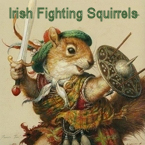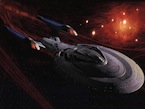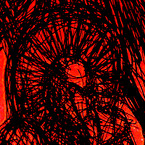stuart3
Posts: 193
Joined: 9/4/2014
Status: offline

|
quote:
ORIGINAL: Simulacra53
quote:
ORIGINAL: Grognerd_INC
And Lobster it's probably been that way for 300,000 years or so.
Yeah, but they did not have thermonuclear bombs...
Current events in the Ukraine are very dangerous, powder keg 1914 dangerous.
When it starts it flies.
In the 1970s people were so concerned that the UK government produced a booklet containing advice on how to survive a nuclear attack. The booklet cost 50 pence, which led to quite a few jokes about how much the advice was really worth. It explained that the effects of nuclear blasts were rated with a factor level. The advice basically was to keep doors and windows taped up and to build a makeshift bomb shelter under a heavy table, blocking in the sides with furniture and covering the top with books, etc. If I remember correctly, this was supposed to give protection from a nuclear blast up to a factor of 30.
About this time, New Scientist magazine published a much more in-depth article on the potential effects of a Soviet nuclear attack on the UK. This showed where they expected missiles to strike, how powerful they anticipated each strike to be, each of which was positioned on a map with concentric circles showing the blast factors at various ranges from each blast point.
I was intrigued to notice that their estimates put the factor of the blast nearest to me at the same level as the one that the government's home made shelters were supposed to protect me from. However New Scientist's article mentioned something that had been omitted from the 50p booklet. Yes, a home-made bomb shelter under a table might well enable me to survive the initial blast, but I could still have expected to die in agony from radiation poisoning a few weeks later.
|
 Printable Version
Printable Version




















 I mean by pressing some buttons about nuclear war. I believe some of the conflicts roots way back before Cold War. Both in Europe and far east Asia. And I also exclude WTO states of conflicts such as occurred in Hungaria. It is typical sphere of influence politics, Not a typical Cold War definition I think. For the domestic politics I remember when nuclear reactor exploded in Ukraine many -not the most- people in Black sea region have problem with cancer. But politicians have said -just after the explosion- production of tea is safe no one will be effected.
I mean by pressing some buttons about nuclear war. I believe some of the conflicts roots way back before Cold War. Both in Europe and far east Asia. And I also exclude WTO states of conflicts such as occurred in Hungaria. It is typical sphere of influence politics, Not a typical Cold War definition I think. For the domestic politics I remember when nuclear reactor exploded in Ukraine many -not the most- people in Black sea region have problem with cancer. But politicians have said -just after the explosion- production of tea is safe no one will be effected. 



 New Messages
New Messages No New Messages
No New Messages Hot Topic w/ New Messages
Hot Topic w/ New Messages Hot Topic w/o New Messages
Hot Topic w/o New Messages Locked w/ New Messages
Locked w/ New Messages Locked w/o New Messages
Locked w/o New Messages Post New Thread
Post New Thread